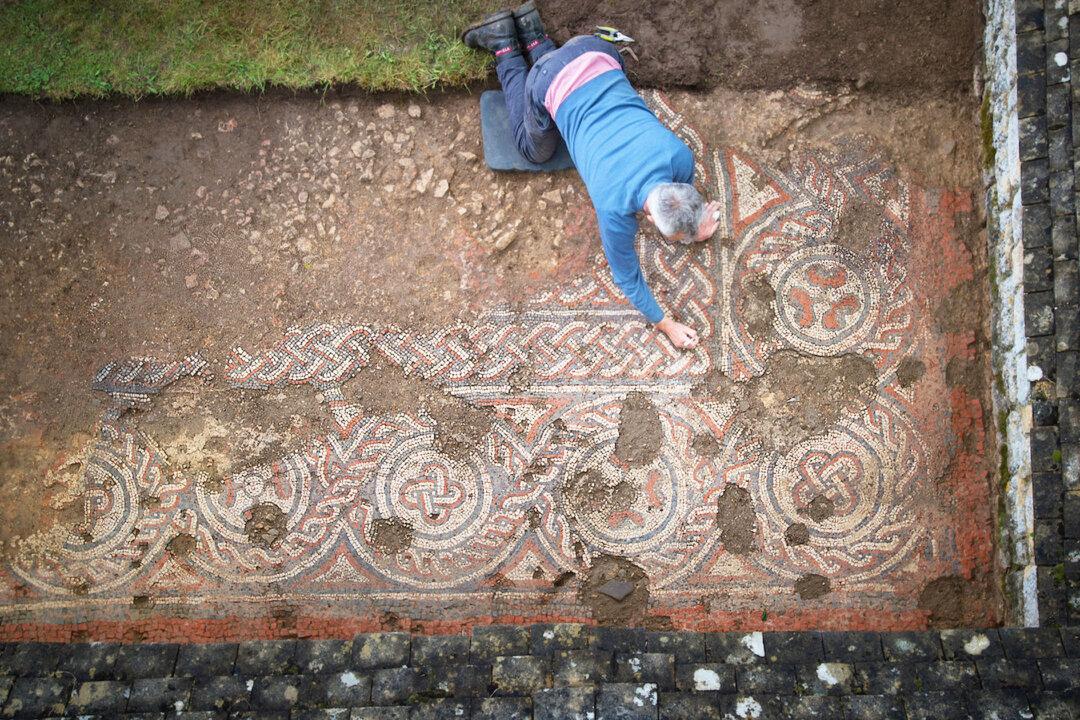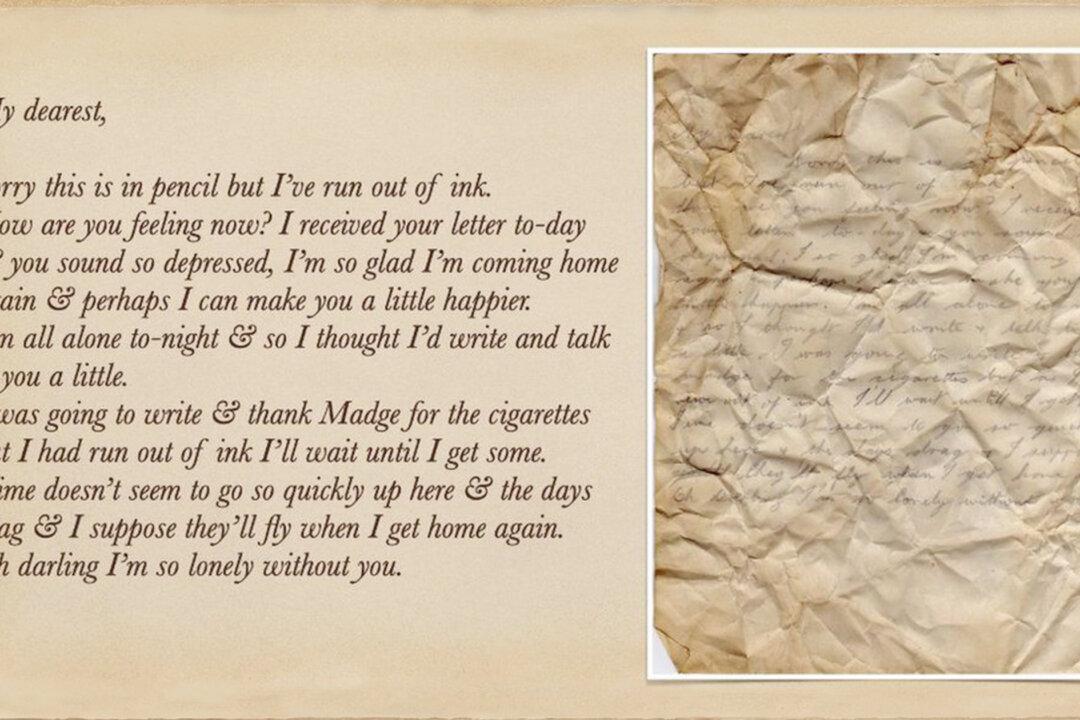Archeologists have uncovered a rare, delicate Roman mosaic that dates all the way back to the mid-5th century A.D. The discovery shocked researchers, who say that this mosaic was crafted during the “Dark Ages,” decades after Roman rule had ended in Britain.
The discovery, found at Chedworth Roman Villa, in England, calls into question some historical theories about this time period.






